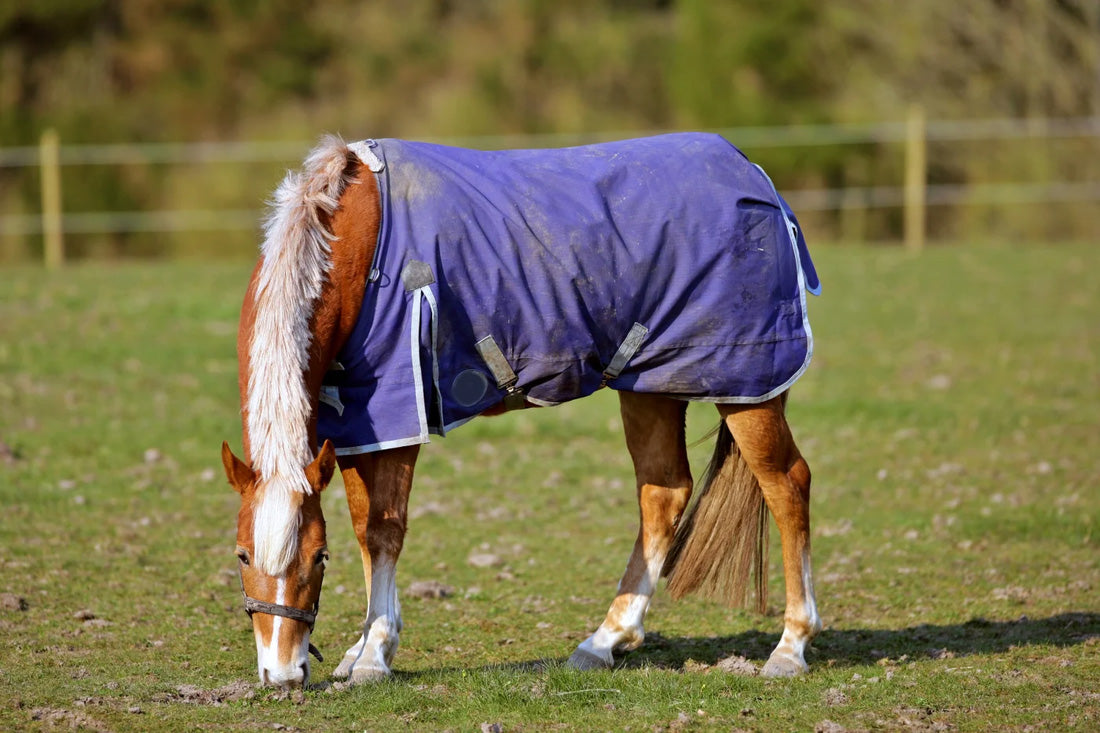The importance of a well-fitted dressage saddle cannot be overstated. Whether you’re a professional rider or an equestrian enthusiast, understanding how should a dressage saddle fit is crucial for both horse and rider comfort. A poorly fitted saddle can cause discomfort, behavioral issues, and even physical pain for your horse. Let’s delve into the tremendous details to ensure you are delighted with your saddle choice.

The Anatomy of a Dressage Saddle
Understanding the different parts of a dressage saddle is the first step in ensuring a proper fit. The key components include:
- The tree
- The panels
- The seat
- The gullet
- The flap
- The stirrup bars
- The girth straps
The Tree
The tree is the backbone of the saddle. It must match the contour of the horse’s back.
The Panels
The panels distribute the rider’s weight evenly across the horse’s back.
The Seat
The seat should be comfortable for the rider and balanced.
The Gullet
The gullet should be wide enough to clear the horse’s spine.

Why Fit Matters
A fit that is too tight or too loose can cause problems.
Comfort for the Horse
A well-fitted saddle ensures that the horse can move freely and comfortably.
Stability for the Rider
Proper saddle fit enhances the rider’s stability and balance.

Steps to Ensure a Perfect Fit
Assess the Horse’s Shape
Every horse is unique. Assess the shape of your horse’s back.
Measure Correctly
Use a saddle gauge to measure your horse.
Check Gullet Width
The gullet should be the right width to avoid pressure on the spine.
Ensure Panel Contact
The panels should make even contact with the horse’s back.

Common Fitting Mistakes
Learn about the common mistakes to avoid when fitting a dressage saddle.
Too Narrow or Too Wide
A too-narrow saddle can pinch, while a too-wide saddle can slip.
Incorrect Gullet Width
An incorrect gullet width can cause spinal pressure.
Expert Tips
Consult with a professional saddle fitter to ensure the best fit.
Regular Check-ups
Regular fit checks ensure long-term comfort.
Ride Test
Always test the saddle in motion before finalizing your choice.
Maintenance of a Dressage Saddle
Proper maintenance extends the life of your saddle.
Cleaning
Regular cleaning helps maintain the saddle’s condition. Consider reading how to clean a western saddle for more insights on saddle cleaning.
Storage
Store your saddle in a dry, cool place to avoid damage.
Repairs
Timely repairs can prevent small issues from becoming big problems. For professional cleaning advice, consider reading external guide.
FAQ
How tight should the girth be?
The girth should be snug but not overly tight. You should be able to fit a finger between the girth and the horse.
How often should I check saddle fit?
Check the saddle fit regularly, at least every six months, or whenever there are significant changes in the horse’s condition.
Can I use a dressage saddle for other types of riding?
While it’s designed for dressage, a dressage saddle can be used for general riding but may not be ideal for jumping or other activities. For jumping, you might need a different type of saddle. Learn more about jumping saddles.
As an Amazon Associate, I earn from qualifying purchases.